Teaching Your Child to Read [Tactile Learner]
Teaching your child to read can be a challenge for any parent – and when that child prefers hands-on activities to worksheets, you have to get creative in your learning to read strategies. My kids have each been a bit different in their learning styles, so it’s been important for me to identify those learning styles and tailor my teaching to each of them.
![Teaching Your Child to Read [Tactile Learner]](https://picheaplace.com/wp-content/uploads/2013/08/Teaching-Your-Child-to-Read-Tactile-Learner.jpg)
When Jennie learned to read, she basically taught herself. She was (and is) a self-motivated learner who soaked up knowledge by watching TV, reading books, and playing with toys. I never really had to “teach” her anything more than one time.
David’s learning style is completely different. Though some days he will sit and watch a movie or look at books for several hours, most days he is very active and keeping his attention for more than five minutes at a time is a challenge. This is one of the main reasons I’ve been so lax in my attempts to do preschool with him – planning is time-consuming and it’s more work than I have time and energy.
ABC Tactile Learning
I’ve discovered that David is definitely a tactile learner. Give him an activity that allows him to be active and/or use his hands, and he’s much more likely to stay attentive and focused.
As I began to plan for this school year, I knew David wasn’t ready to jump into Kindergarten right away, but I also knew he would be bored stuck in a traditional preschool curriculum all year. I decided to start the year focused on learning the names of the letters of the alphabet and what sound(s) each letter makes with The Preschool Journey as my curriculum guide.
[activecampaign form=17]
I gathered all my tactile ABC tools and put them together on a shelf I’d identified as “David’s School Shelf.”
- small foam ABC puzzle
- large foam ABC floor puzzle
- ABC magnets (we have multiple sets)
Teaching Your Child to Read with Tactile Tools
I pulled out the tactile ABC tools to begin working with David. My goal was to determine what letter names/sounds he already knew and which ones we needed to work on.
Once he identified a couple of letters (with some assistance), he started trying to “build words” with the tactile ABC tools, so I followed his leading and allowed him to explore. He began to put the letters sounds together in the order that he laid them out, and all of a sudden, I realized that he was “reading.”
I dropped my agenda of discovering which letter names/sounds we needed to work on, and I encouraged him to continue to try new letter combinations to build new words. He loved it!
We’ll continue to work on identifying names/sounds of letters over the next several weeks, but we’ll be doing so in the context of “building” words and reading together using The Reading Lesson.
Other Resources for Teaching Your Child to Read
- Dr Seuss Inspired Lego ABCs
- Learning ABCs with AlphaTots
- ABC Hopscotch
- Activities to Develop Children’s Reading Skills
- Alphabet Activities and Play Ideas
- Early Reading Activity
- Learning Letters – When It Doesn’t Come Easy
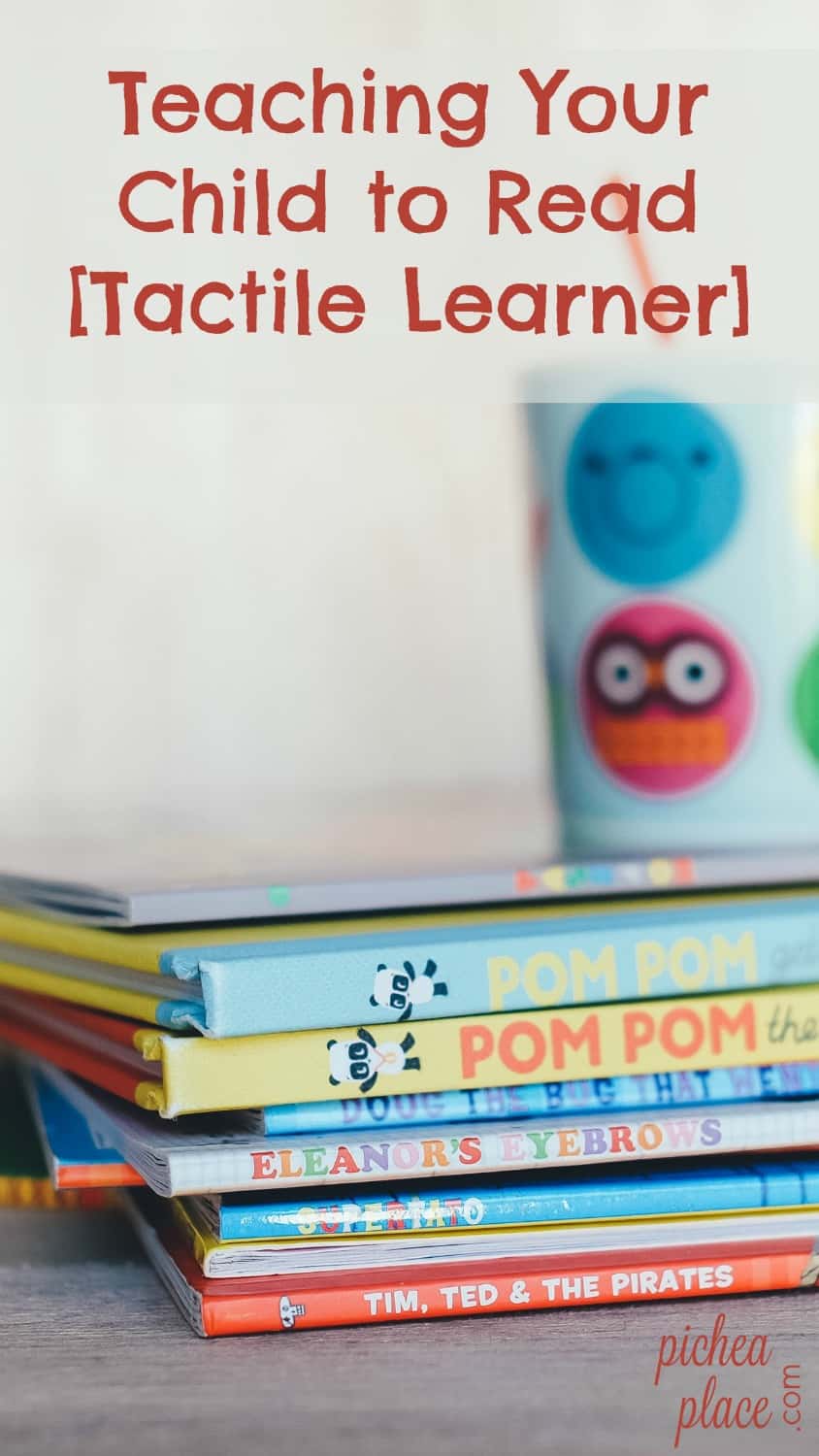
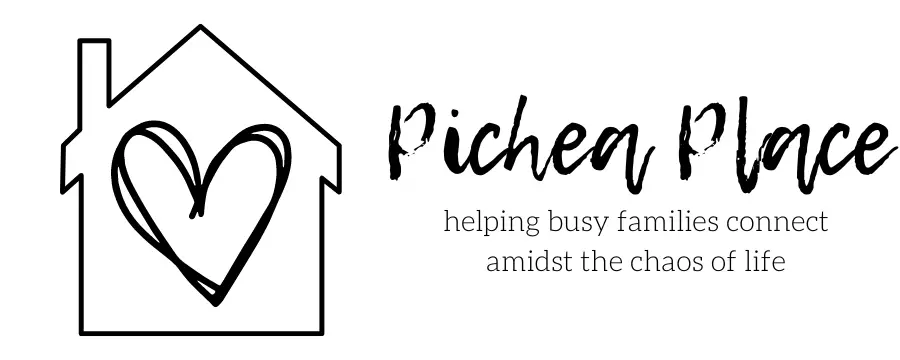
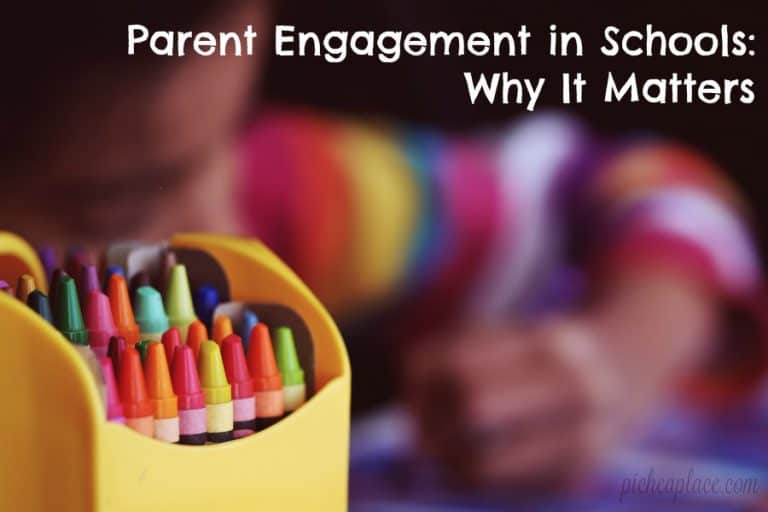


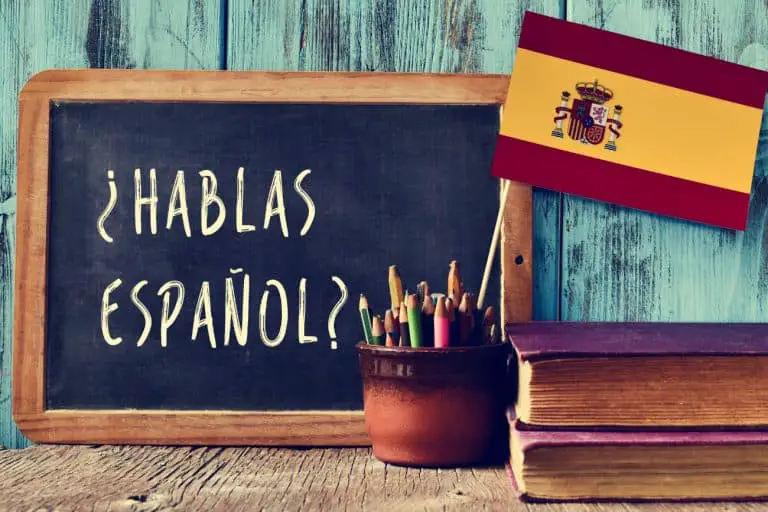

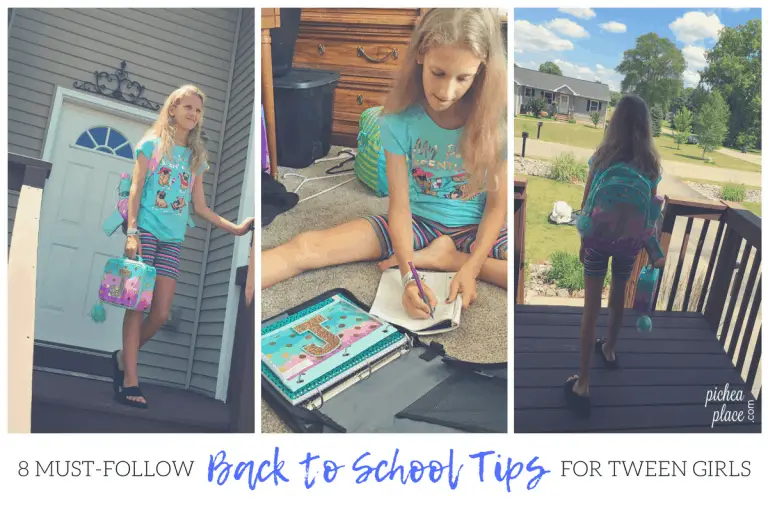
My Mister Mouse (4) and your David sound a lot alike!! Thanks for the printable!!! I think we’ll be putting it to use!!
I found that using the tactile tools to have David identify letter names/sounds worked well for filling in the printable. I would draw a letter and have him find it within the tactile ABC set before asking him what the name of the letter was and what sound it made. He thought it was a really fun game and wanted to keep playing after we were done filling out the printable.
So does the parent just check off the boxes when the child can say/write/recognize the letters? And thank you for sharing! It’s great!
I print off several copies – use one each time I sit down to work with my son, checking off the ones he knows that time to help me know what to work on for the next few weeks. I also have a “master” list that I will mark off as I have determined that he has mastered a letter.
He thought it was a really fun game and wanted to keep playing after we were done filling out the printable.
Isn’t it funny how children can be such different learners, even though from the same home?! I am anxious to see what kind of learner my daughter will be. Right now everything just goes in her mouth! ;-)
It’s her own way of learning, right? Learning with ALL her senses. ;)